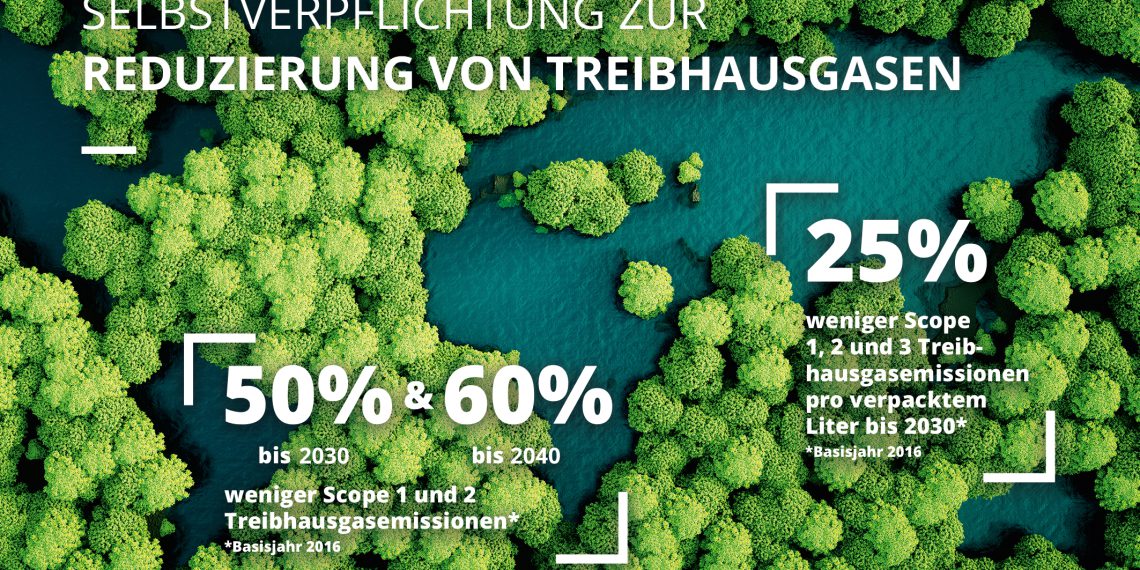SIG’s targets to reduce greenhouse gas emissions have been approved by the Science Based Targets initiative (SBTi), confirming that the company’s strategy is aligned with what climate science says is required to prevent dangerous global warming.
Climate change is one of the world’s biggest challenges and a concerted global effort is required to keep global warming below 2oC above pre-industrial levels – the point at which experts predict the worst effects will take hold. The SBTi aims to help companies determine how much they must cut their greenhouse gas emissions to do their part and support the aims of the Paris Agreement.
Targeting ambitious reductions
The company chose ‘per litre of food packed’ as the comparator for the value chain metric, rather than revenue or number of packs produced, to better reflect its corporate purpose to get food products to consumers around the world in a safe, sustainable and affordable way – regardless of the size of the pack or the company turnover.
Rolf Stangl, CEO at SIG, said: “Reducing our greenhouse gas emissions is at the heart of our commitment to halve our value chain environmental impacts and go Way Beyond Good. Receiving validation of our targets from the Science Based Targets initiative confirms that we are on track to support global efforts to tackle climate change. We have a clear roadmap to help us get there and I’m confident that we will achieve these targets by engaging with suppliers and applying our strong engineering capabilities. Doing so will not only help to protect the planet, it will also present new opportunities for our business and help us continue to deliver what our customers need.”
Measuring SIG’s value chain footprint
The company built on its experience with product lifecycle assessments to develop an inventory of the organisation’s carbon footprint following the Greenhouse Gas Protocol’s Corporate and Value Chain Accounting and Reporting Standards.
A first estimate of total greenhouse gas emissions across the value chain was published in the company’s 2016 Corporate Responsibility Report. Since then, the company has refined the inventory and recalculated the base-year inventory accordingly. The company has also been exploring potential opportunities to reduce emissions, through a review of its own business activities and dialogue with key suppliers, to develop reduction targets that are both ambitious and achievable.
The metrics accompanying SIG’s greenhouse gas reduction targets are included in its key performance indicators for measuring progress towards its Way Beyond Good ambitions. Performance will be disclosed annually through the company’s corporate responsibility reporting, alongside other metrics that support SIG’s commitment to go Way Beyond Good by contributing more to society and the environment than it takes out.

















